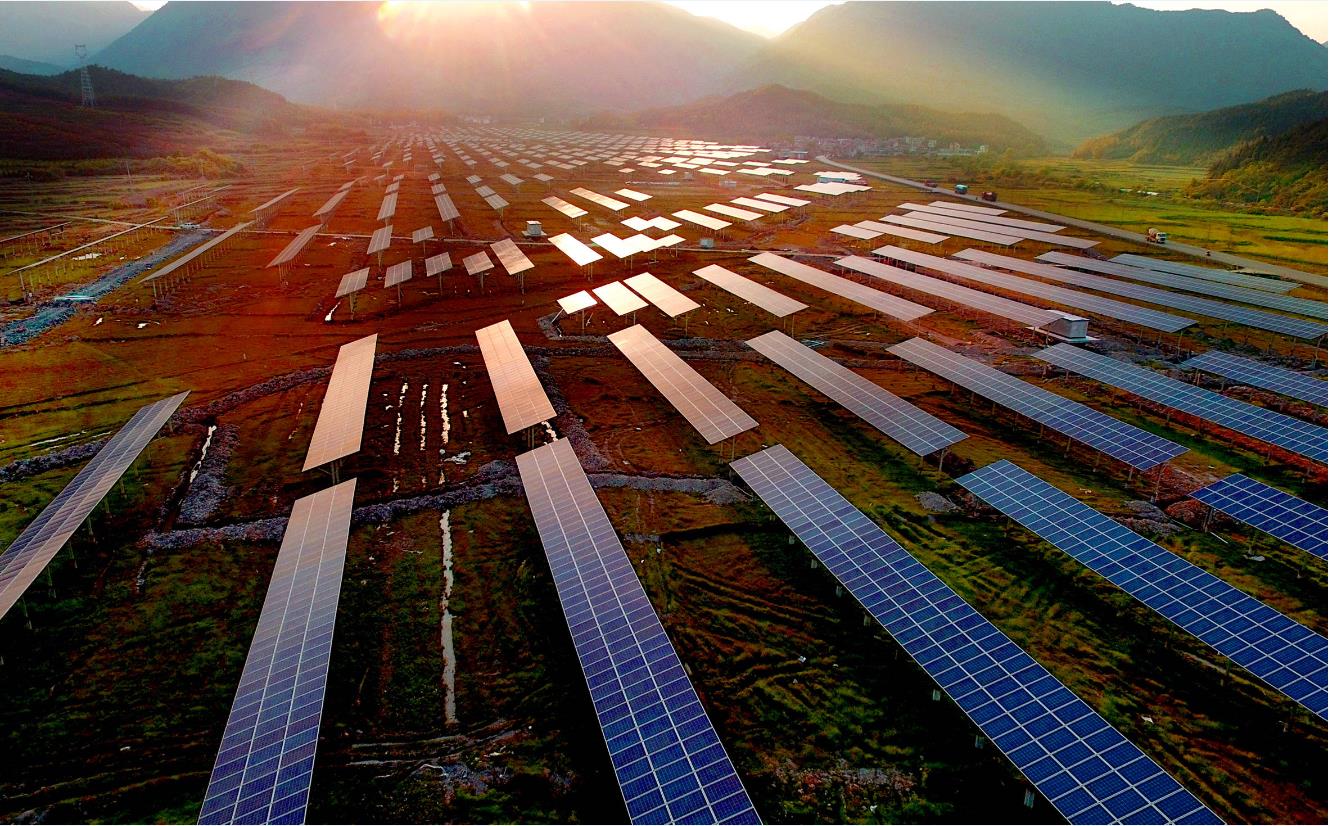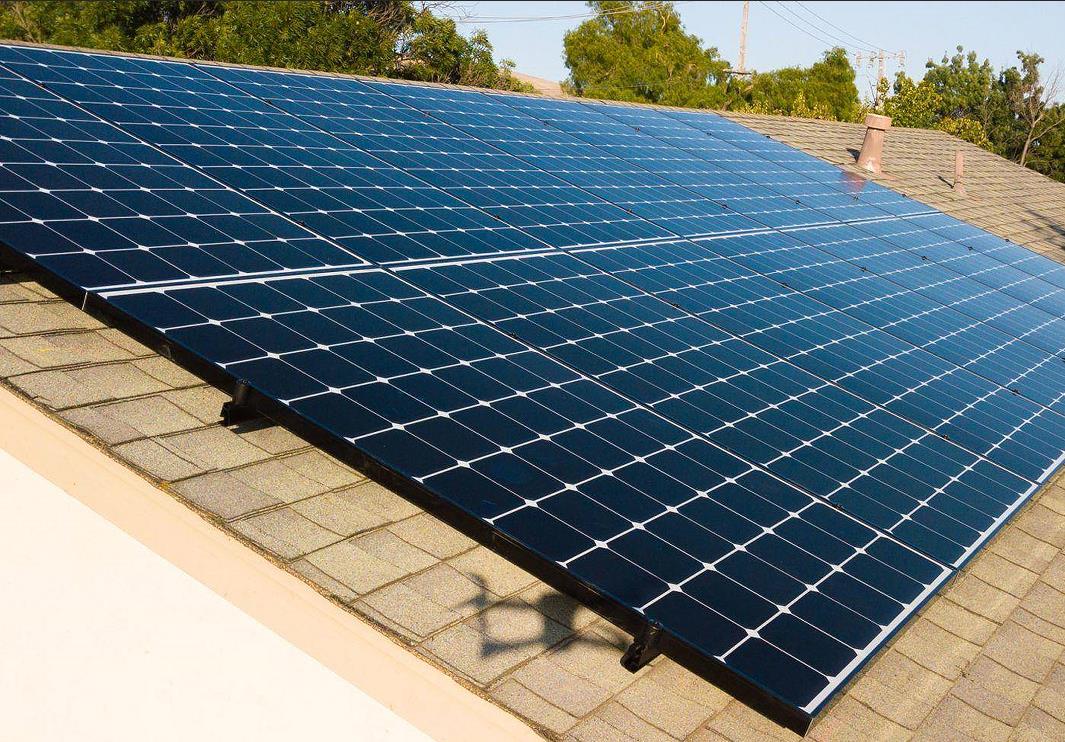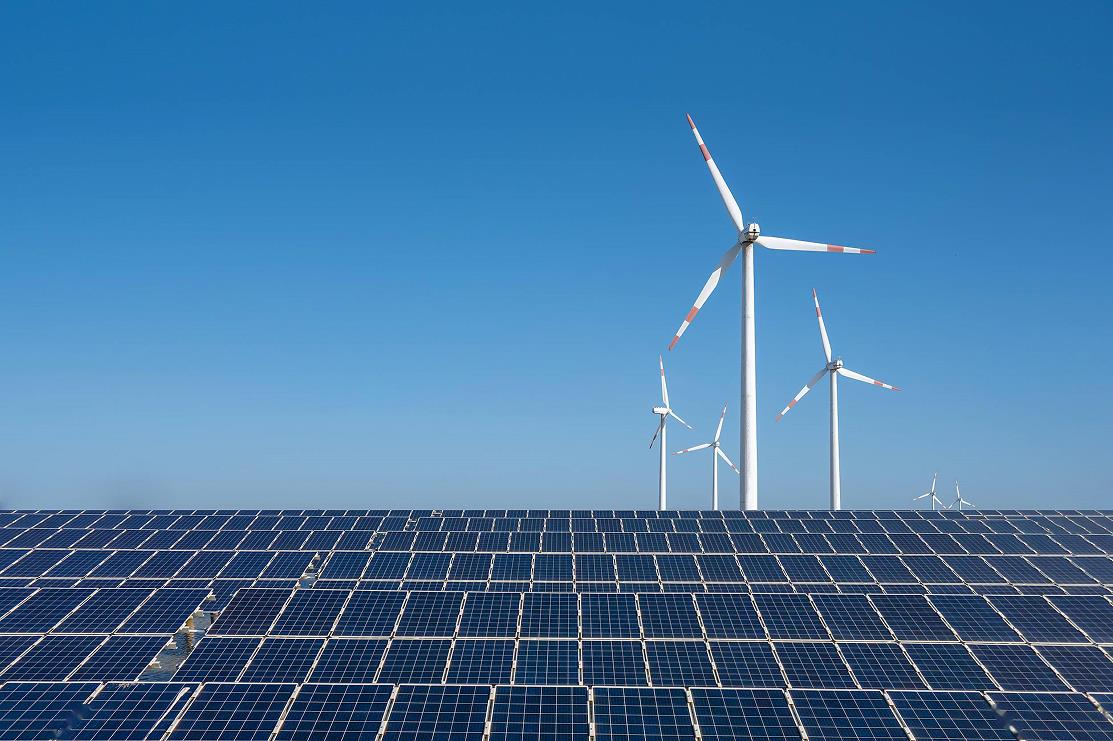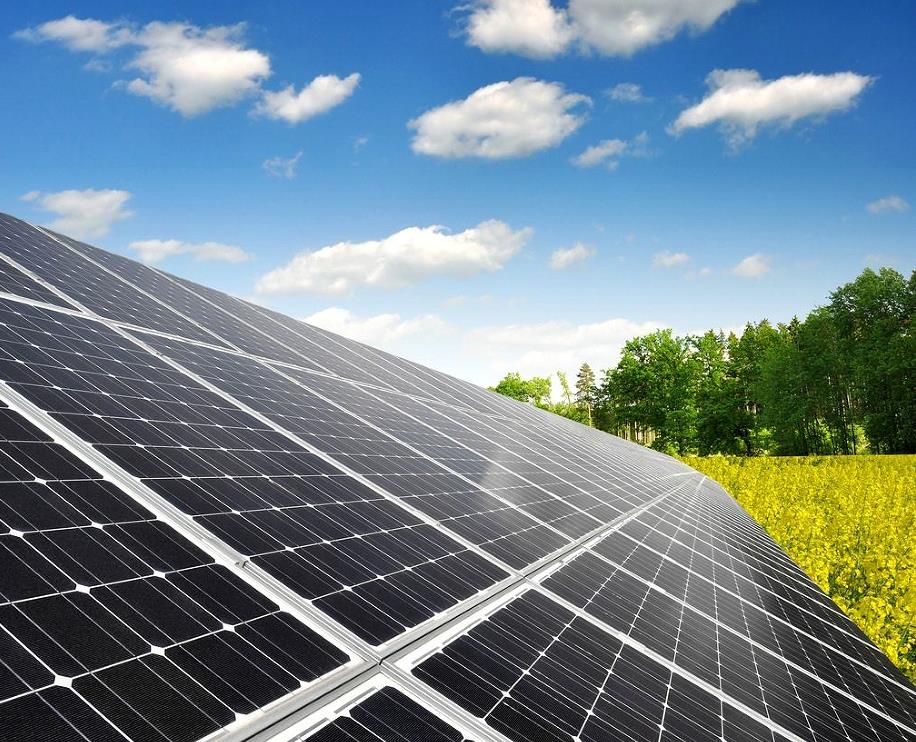In the first half of 2025, the photovoltaic sector outperformed the market. As of June 13, the photovoltaic industry index had a return of +15.60%, continuing to lead the market by a large margin. The trend of photovoltaics from January to June 2025 can be divided into two stages: from the beginning of the year to the end of March, it gradually outperformed the index during the rebound process, which is expected to be related to the rush to install, the rebound in product prices and the previous increase; from the beginning of April to the present, the United States imposed tariffs on the world and demand fell after the rush to install, and photovoltaics continued to perform better than the market. The photovoltaic industry has overcapacity and fierce competition, and the fundamentals of the industry continue to strengthen.
The photovoltaic industry has entered a continuous capacity clearance cycle, and the secondary market has a difficult bottoming out. From the perspective of industry attributes, the photovoltaic industry has strong growth attributes and cyclical attributes. The growth attribute is mainly reflected in the continuous increase in the market penetration rate of photovoltaic power generation and the expansion of the scale of the industrial chain brought about by the growth of installed capacity; the cyclical attribute is mainly reflected in the contradiction between the expansion cycle of the photovoltaic industry and the change in demand, and the periodic supply and demand tension and oversupply lead to cyclical changes in product prices and corporate profits. From the perspective of the past three rounds of photovoltaic market conditions, in addition to the overall market bull and bear factors, international trade policies, technological progress, subsidy policies and clean energy transformation policies have a significant impact on the supply and demand of the industry, superimposed on the inflow and outflow of funds, and then amplified the fluctuations in the secondary market. As of mid-June 2025, the photovoltaic index has fallen by more than 50% from its high in this cycle, and the maximum decline of some links in the industrial chain or individual stocks has exceeded 75%.
The photovoltaic industry index has fallen back to the previous low again after the current round of rebound on September 24, 2024. The state has put forward the latest requirements for energy consumption, water consumption, conversion efficiency, and minimum capital ratio in the photovoltaic manufacturing process, raising the entry threshold for new projects; at the same time, the price of upstream photovoltaic products has fallen below the industry’s cash cost, forcing existing companies to actively reduce the start-up rate and reduce industry supply; in addition, some small photovoltaic component manufacturers with no technology and weak financial strength have been eliminated by the market, and market clearing has begun. But on the other hand, banks and local governments continue to transfuse blood to projects, and there is still a possibility of resuming construction of suspended projects and maintenance projects. Therefore, the contraction of the supply side will not be achieved overnight, and the persistence of oversupply and weak demand expectations are reflected in the secondary market, that is, stock prices repeatedly bottom out at low levels.
Document No. 136 accelerates the marketization process of power trading and increases the uncertainty of new energy electricity prices. In February 2025, the National Development and Reform Commission issued the “Notice on Deepening the Marketization Reform of New Energy Grid-connected Electricity Prices to Promote the High-quality Development of New Energy” (NDRC Price [2025] No. 136). The notice requires deepening the marketization reform of new energy grid-connected electricity prices, promoting the entry of all new energy grid-connected electricity such as wind power and solar power generation into the power market, and forming grid-connected electricity prices through market transactions; innovatively establishing a price settlement mechanism for the sustainable development of new energy, and for existing projects, the electricity and electricity prices included in the mechanism are properly connected with the current policies; for incremental projects, the scale of electricity included in the mechanism shall be reasonably determined by local governments in accordance with national requirements, and the mechanism electricity price shall be determined through market-based bidding. The policy distinguishes between new and old projects from June 1, 2025. Document No. 136 continues the style of coal-fired power capacity electricity prices and ancillary service market price policies, allowing local policies to “adapt to local conditions” and implement specific policy details supporting local new energy development. Document No. 136 mentioned that all regions must issue and implement specific plans by the end of 2025, and it is expected that there will be significant differences in policies among regions. Affected by multiple factors such as policies, loads, power structure, and new energy output characteristics, coupled with the pressure of consumption, there is uncertainty in the price of new energy electricity, and there is a risk of a decline in the settlement price. As marketization deepens, the rate of return of new energy projects will vary and the differentiation will gradually widen. Factors such as project resource volume, regional power supply and demand, power trading level and operation capacity, and cost control capacity affect the investment return of power station developers.
For us, Multifit, we need to seize this opportunity and take advantage of the continuous expansion of the photovoltaic market to introduce our photovoltaic equipment and photovoltaic cleaning equipment to our potential customers, so that they can familiarize themselves with the performance and quality of our products, and ultimately place successful orders. And actively participate in domestic and international exhibitions, for example, at this year’s 136th Canton Fair, we sent a luxurious lineup to participate in the exhibition. At this Canton Fair, we fully demonstrate our latest products to these potential customers and seize these opportunities that allow our end customers to experience our products for the first time.
Post time: Jun-30-2025





